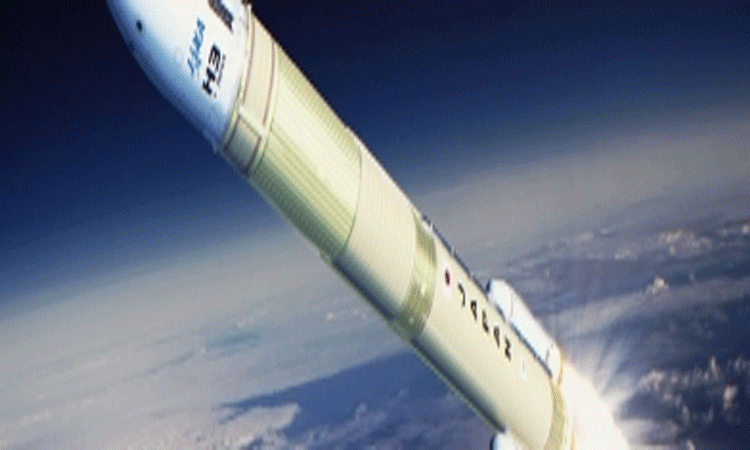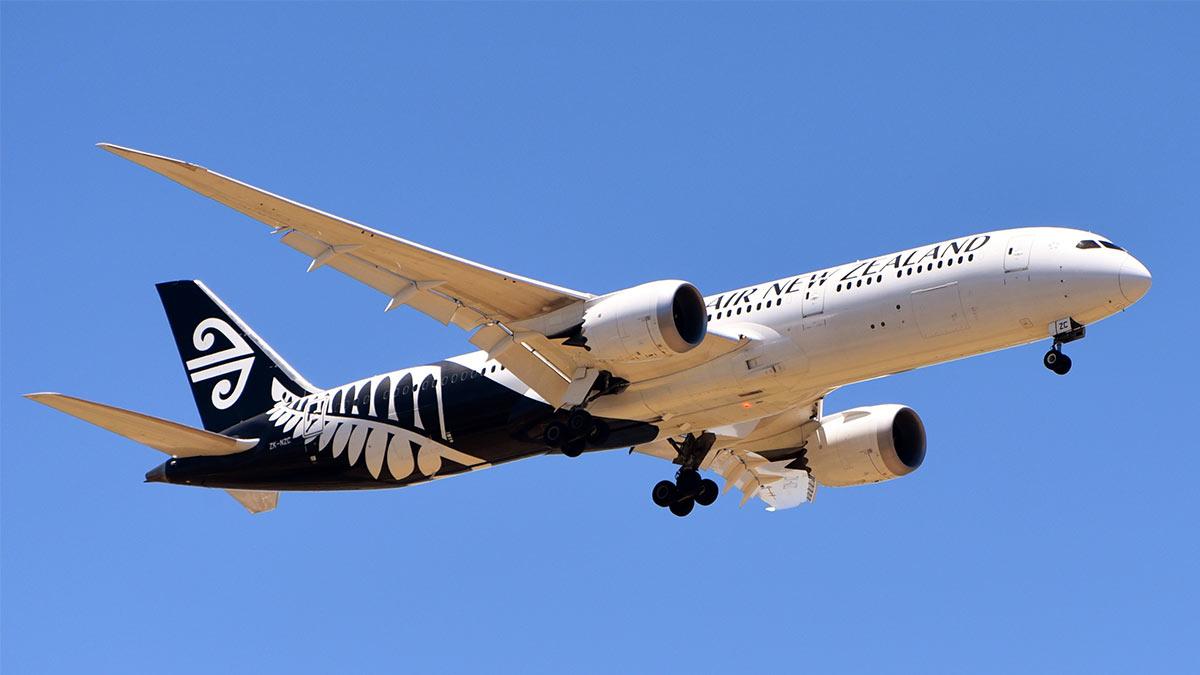Japan's next generation H3 rocket has failed its first test flight, after two attempts, the media reported.
Seven minutes after taking off from Tanegashima Space Center in Japan on Monday, H3 rocket's velocity fell and second stage ignition could not be confirmed, Space.com reported.
Mission controllers then issued a destruct command to the rocket.
Also read |Canada to probe Chinese interference in recent polls
"A destruct command has been transmitted to the launch vehicle, because there was no possibility of achieving the mission," read a subtitle on Japan Aerospace Exploration Agency (JAXA) livestream.
Monday's liftoff was the H3's second try at a debut launch. The H3 aborted its first attempt on February 16, due to an issue with the electrical system that supplies power to the rocket's first-stage LE-9 engines.
The two-stage rocket H3 was developed by the JAXA, while Mitsubishi Heavy Industries was the prime contractor.
Also read |China agrees to help Sri Lanka's debt restructuring
The H3 stands 187 feet or 207 feet tall (57 or 63 m), depending on the length of two possible payload fairings that can be used for each mission.
The rocket was capable of delivering "4 tonnes or more" to a 500 km sun-synchronous orbit and "6.5 tonnes or more" to geostationary transfer orbit, according to JAXA's specifications page.
Aboard the rocket was the Advanced Land Observing Satellite-3 (ALOS-3), also known as DAICHI-3, heading for a sun-synchronous orbit 669 km above Earth. It was designed to deliver high-resolution images of Japan and other areas in strips 70 kilometres wide with a resolution as sharp as 0.8 metres.
The failed launch comes after a decade of development carried out jointly by JAXA and Mitsubishi Heavy Industries. Issues getting the rocket's powerful LE-9 liquid hydrogen-liquid oxygen engines ready resulted in significant delays to the first launch.
The new launcher will replace the H-IIA rocket, Japan's current workhorse launch vehicle, which is expected to have its final flight in 2024, the report said.


















